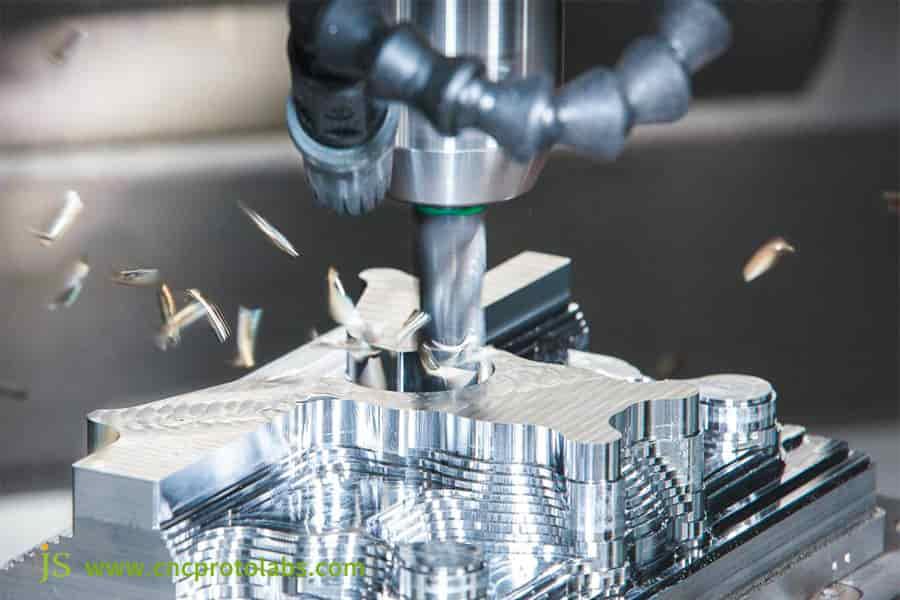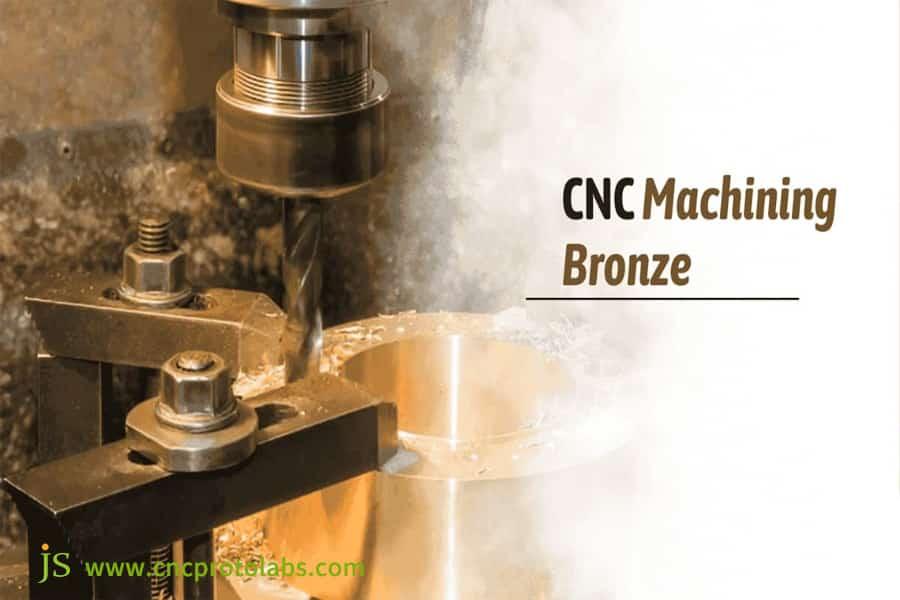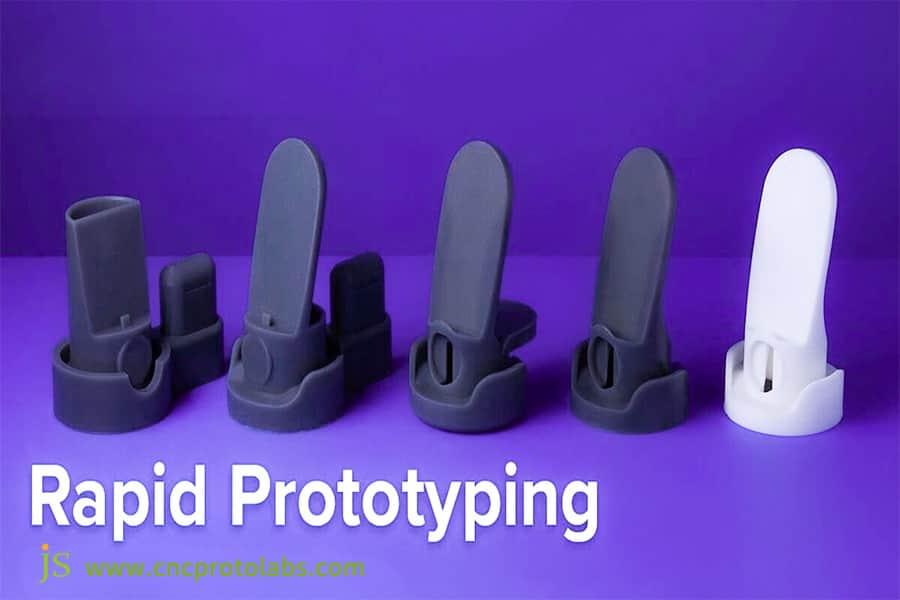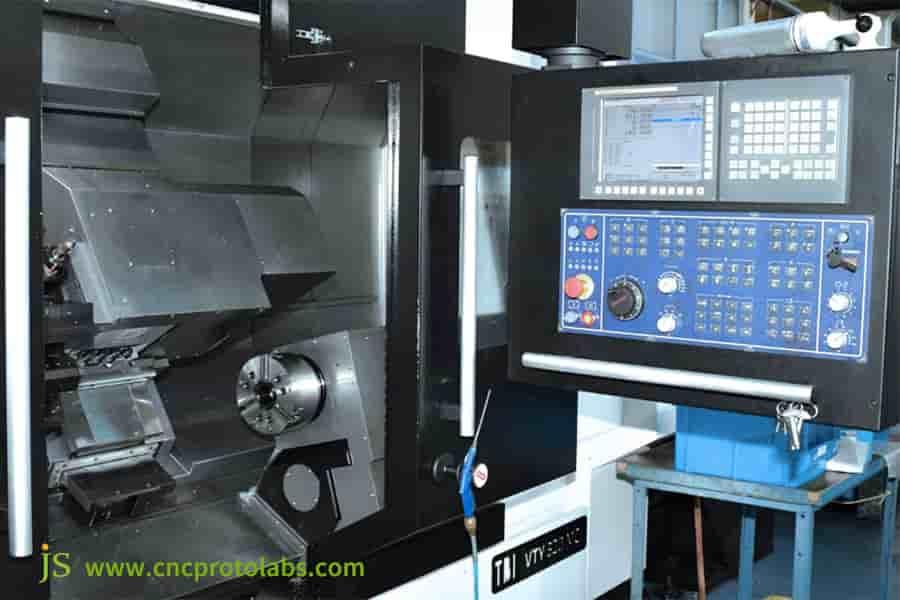
What Is The Core Difference Between DMLS And SLM 3D Printing?
1.Why Should You Trust This Guide? First-Hand Experience From The JS Team 2.What Is LPBF? Unify All The Confusing "Official" Terms 3.In-Depth Understanding Of DMLS: Born For High-Performance Alloys 4.In-Depth SLM: Pure Metal Expert In Pursuit Of Extreme Density 5.Blurred Boundaries In The Real World: Why Are They So Similar Today? 6.DMLS vs. SLS vs. Stereolithography: Stop Confusing! 7.Case Study: Formula One Heat Exchanger 8.How To Choose For Your Project? Practical Decision-Making Guide 9.Beyond Abbreviations: We Are Your Metal 3D Printing Engineering Partner 10.FAQ 11.Summary 12.Disclaimer 13.JS Team 14.Resource
 GloriaJS
GloriaJS
What Is The Difference Between PLA And PET Filament?
1.Core Answer Summary: 2.Why Should You Trust This Guide? JS's View On Material Science 3.Detailed Analysis: The "Character" Difference Between The Two Polyesters 4.Real Case Study: Designing Landing Gear For Racing Drones 5.FAQ - Your Last Question About PLA And PETG 6.Summary 7.Disclaimer 8.JS Team 9.Resource
 GloriaJS
GloriaJS
What Is The Difference Between 3D Printing PLA And ABS Filament?
1.Core Answer Summary: 2.Why Is This Guide Worth Your Reference? JS's Daily Material Decision 3.Understanding PLA: The First Choice For Rapid Prototyping And Visual Presentation 4.Understanding ABS: The Choice For Reliable And Durable Functional Parts 5.Actual Combat Case Analysis: Desktop Hand-Made vs. Drone Landing Gear 6.FAQ - End Your Final Doubt on PLA and ABS 7.Summary 8.Disclaimer 9.JS Team 10.Resource
 GloriaJS
GloriaJS
3D Printing Design: 5 Essential Rules for Support Structures, Wall Thickness & Topology Optimization
1.Why do more and more industries need 3D printing technology? 2.How to design a 3D model of an overhanging structure? 3.How to control the surface roughness of 3D printed parts through sandblasting parameters? 4.What are the main factors affecting the critical design of 3D printing? 5.What are the differentiated requirements for wall thickness of 3d printed models for different materials? 6.What are the key engineering elements that affect the success of 3d printing? 7.How does JS provide customized services for color printing? 8.Summary 9.Disclaimer 10.JS Team 11.FAQs 12.Resources
 GloriaJS
GloriaJS
Industrial 3D Printing:Automotive Lightweight & Efficiency Gains By 15%
1.What is the basic definition of 3D printing? 2.How is the global 3D printing market developing? 3.What are the challenges and limitations of 3D printing? 4.How is 3D printing used for prototyping? 5.What industries are currently covered by 3D printing technology? 6.What are the latest developments in 3D printing technology? 7.How can JS achieve a 15% efficiency improvement in 3D printing? 8.Summary 9.Disclaimer 10.JS Team 11.FAQs 12.Resources
 GloriaJS
GloriaJS
Future of Manufacturing: Discover the 5 Most Advanced 3D Printing Technologies Worldwide
1.What are the types of 3D printing technologies? 2.What is the effect of FDM printing layer thickness on strength? 3.What parameters determine the SLA printing resolution? 4.Which printing technology is more stable in high temperature environments? 5.How to achieve layered stacking in 3D ink jet printing? 6.How to choose supporting materials for complex 3D printing models? 7.Can JS achieve functionally graded components through multi material 3D printing? 8.Summary 9.Disclaimer 10.JS Team 11.FAQs 12.Resources
 GloriaJS
GloriaJS




